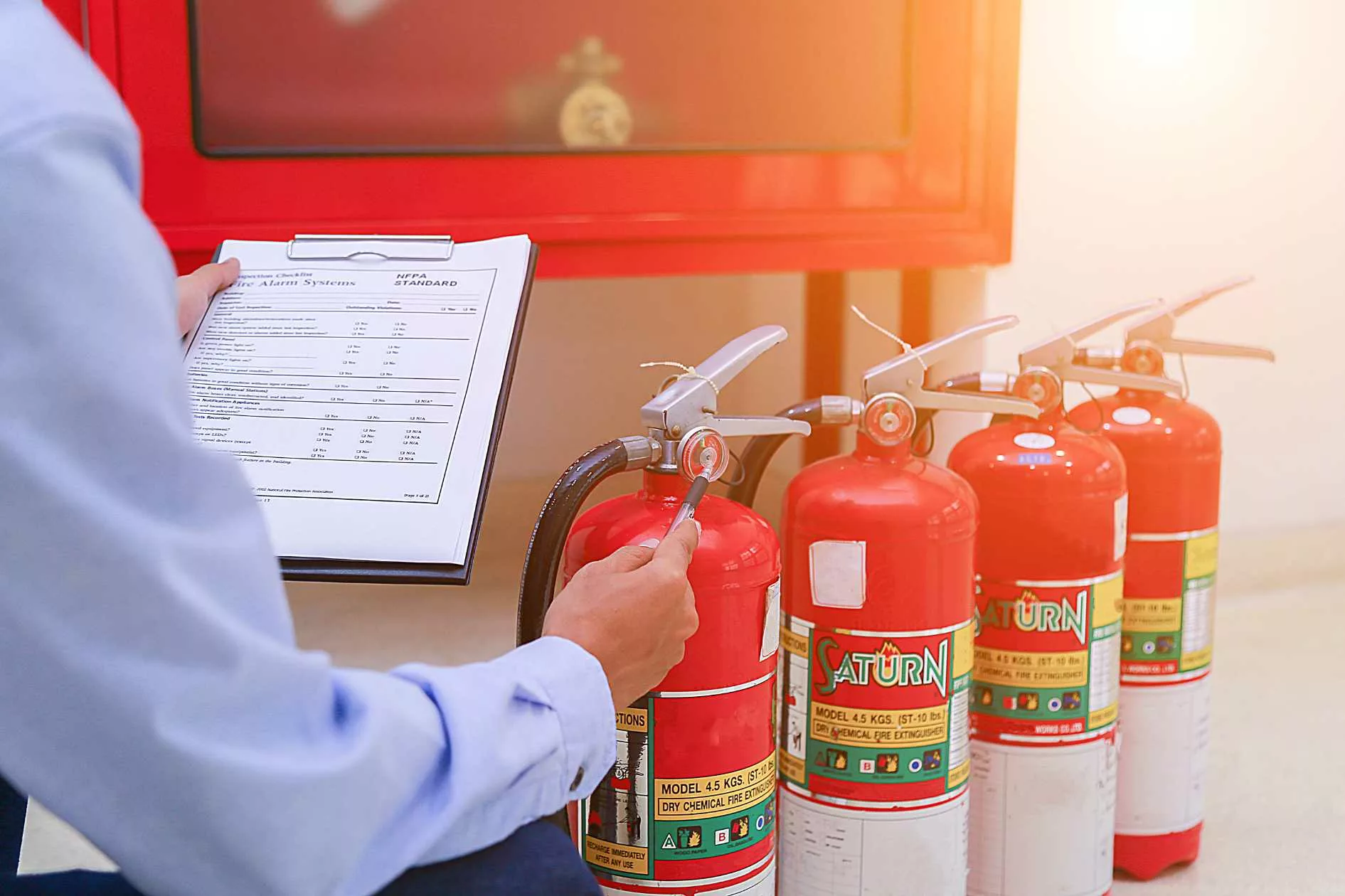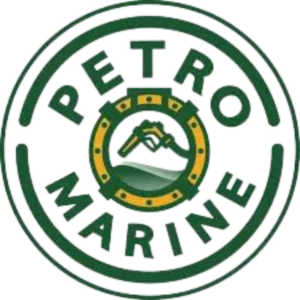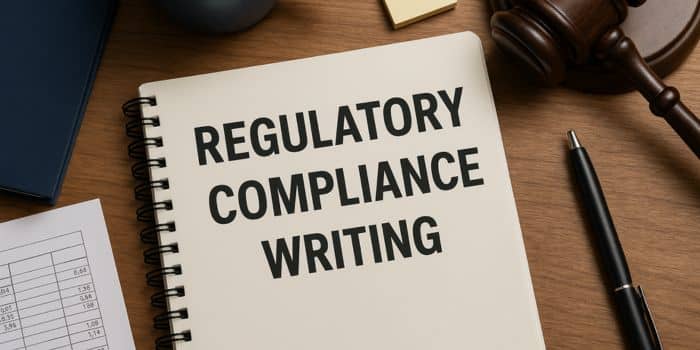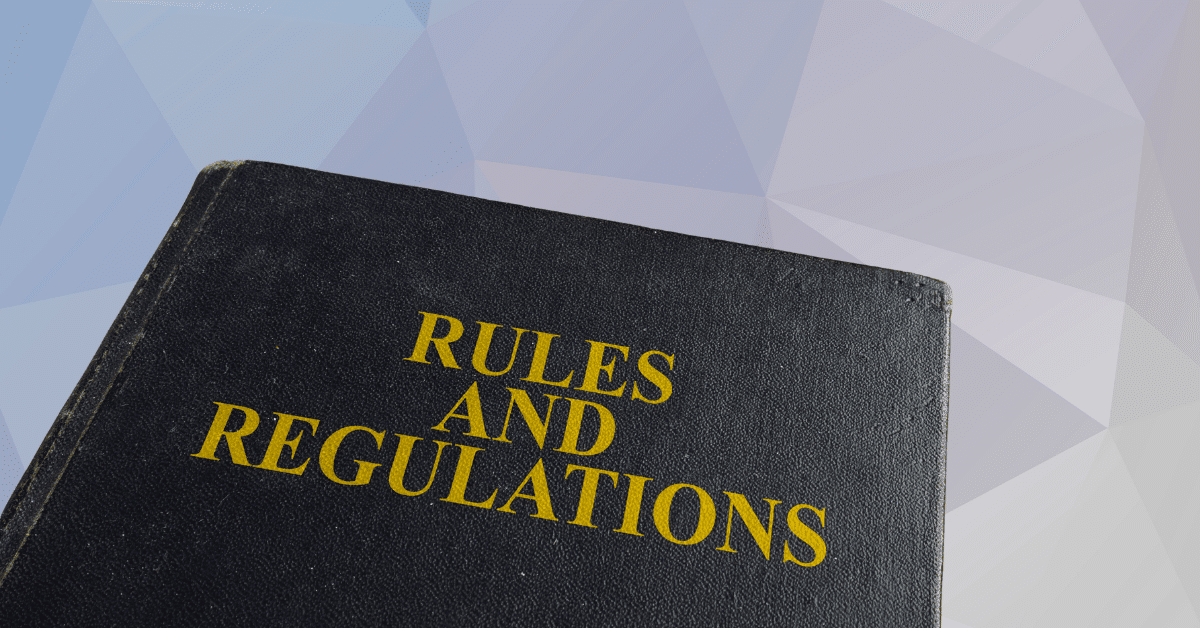Your fire safety audit checklist could be the difference between chaos and safety!
Think of a time when you went to a bank just to deposit a cheque, and a fire broke out in the building. Unfortunately, the alarm didn’t go off, and the exits were unclear because there hadn’t been an inspection for years. This negligence cost many innocent lives.
Now, imagine if the fire safety audit had been conducted. Vigilance toward protocols would have saved many lives.
Thus, conducting a fire and safety audit is crucial to ensuring safety during such catastrophic events. This blog discusses the checklist you need to follow to ensure the safety of all.
How to Conduct a Comprehensive Fire Safety Audit
Conducting a fire safety audit might seem like an easy task: just follow a bunch of protocols. But no, it’s more than that. It involves checking every nitty-gritty detail because it’s a matter of life and death.
Let’s look at the steps that you must follow and create a fire and safety audit checklist.
1.1 Defining a Fire Safety Audit
A fire safety audit is like a magnifying glass that magnifies the risks to ensure the implementation of fire safety protocols. It’s a thorough evaluation of fire hazards, safety measures, and compliance with fire codes.
But why do you need a fire safety audit? It identifies risks and provides actionable recommendations for improvements. It is more like a roadmap to making your property and business safer and ensuring that every necessary piece of equipment works.
1.2 Step-by-Step Process for Conducting a Fire Safety Audit
Fires are unpredictable. Thus, you must get the audit done before something unfortunate happens. Here’s how you can conduct an audit:
Step 1: Identify Fire Hazards
Identify the conditions that can cause a fire. Start by evaluating the building for combustible materials. Check if the papers, chemicals, and other flammable materials are stored safely. Moreover, check for faulty wiring, overheating machinery, and areas where sparks could ignite. Identifying these risks at an early stage can save you from major loss.
Step 2: Assess At-Risk Populations
Once you have identified the risk, check the at-risk population. Can everyone evacuate quickly and independently? Schools, daycares, and retirement homes must be extra cautious.
Ensure accessible exits and assign staff to assist the elderly, disabled, or people with special needs during evacuations.
Step 3: Evaluate Existing Safety Measures
Safety measures must be checked periodically. Even the best systems can fail if they are outdated or not properly maintained. Are the alarms functional and able to alert everyone?
Moreover, confirm that the sprinklers cover high-risk areas and that the extinguishers are easily accessible.
Step 4: Review Documentation and Maintenance Records
Fire safety is as much about planning as it is about systems. Audit your building’s evacuation plans, maintenance logs, and training records.
All safety equipment must be regularly tested. It is also important to verify that the staff receives regulated fire safety training and participates in fire safety drills.
Step 5: Develop and Implement Recommendations
Once you have identified the risks and searched the whole area, you have to create a plan. The plan will address the replacement or repair of safety equipment. You must have an updated evacuation plan based on the building’s layout and population.
Common Elements in a Fire Safety Audit Checklist
A fire safety audit checklist ensures that none of the elements are overlooked. It acts like a complete guide to ensure safety. Here’s what’s included:
Structural and Facility Safety
The building’s design and layout play a crucial role in auditing a fire safety plan. Audit key structural elements like emergency exits and stairways. Make sure that they are clear and lead to the designated safe zone.
Moreover, check if the doors of the exits are working and if they meet the fire-resistance standards.
Equipment and Systems
Fire safety equipment is the backbone of any prevention plan. But it’s crucial to make sure it works. Make sure that the fire alarms and sprinklers are functional and cover all areas.
Furthermore, confirm that exit signs are visible and the lights remain operational during power outages.
Documentation and Compliance
Having a well-documented fire safety plan is crucial for safety and accountability. Safety plans must be evaluated to ensure alignment with local and national regulations. Regular drills must also be recorded, and feedback must be included for improvement.
Prevention and Control Measures
You might have heard that “prevention is better than cure.” This is true in the case of fire safety as well. Prevention is like the first line of defense, making sure everything flammable is secure. It focuses on the storage of flammable materials and the electrical system.
Frequency of Fire Safety Audits
OSHA 19010.156 (d) requires every firefighting equipment to be tested and inspected annually. This highlights the necessity of auditing everything involved in fire safety. Let’s understand that in detail:
Regulatory Standards
Although fire codes require annual safety audits, the frequency might vary depending on your building type or location. To stay compliant, it is important to consult local regulations.
Factors Influencing Audit Frequency
A few factors impact auditing frequency, such as high-risk facilities and structural changes. If it is a hospital, lab, school, or factory, there might be a strict policy for audits.
Similarly, renovations or new uses for buildings often introduce new risks. These risks must be addressed promptly through auditing and creating a fire safety audit report.
Recommendations for Best Practices
You can never compromise on safety. Beyond regulatory requirements, some practices can keep you safe. You can do quarterly internal reviews to catch minor issues early.
On a larger scale, you can also conduct an annual audit by certified professionals to obtain an unbiased evaluation. This will allow you to act quickly to fix the issues.
Common Non-Compliance Issues Found in Fire Safety Audits
One of the most common issues found during fire safety audits is non-compliance. This negligence can lead to catastrophic consequences.
Inadequate Fire Detection and Warning Systems
Fire alarms, detectors, or other fire safety equipment often fail due to lack of maintenance. This highlights the negligence of the authority figure who might be responsible for the fire. To avoid such situations, it is essential to conduct regular testing.
Blocked or Insufficient Emergency Exits
Nothing can be more troublesome than blocked fire exits. Imagine running towards an exit during a fire to save your life, only to find it blocked.
This creates panic and confusion and puts everyone’s life in grave danger. Routine inspections can save everyone’s day.
Poor Documentation and Training
There’s a fire in the office. But wait! The staff is not trained for this situation. There has been no drill or training to guide them in how to act. Now, there is chaos everywhere. Even the best fire equipment systems may fail without updated safety plans or trained staff.
Good and effective training ensures that everyone knows what to do in an emergency. Enroll your team in Coggno’s online fire safety course to ensure their well-being.
Lack of Maintenance
The fire extinguishers you see fixed on walls are not merely a decoration. You might think there will never be a fire incident at your place, but then you might be wrong about it.
Fires always erupt unexpectedly. You must regularly maintain the fire safety equipment to ensure they work well. Expired or broken equipment can be disposed of and replaced with new ones.
Conclusion
Fire safety is a responsibility that we can never overlook. A well-prepared team that knows how to act in a fire emergency can save lives and avoid chaos. That’s the power of proper training!
Coggno provides your team with the expertise and techniques they need to stay prepared and confident during a fire. Don’t wait for tragedy to take action. Give your team the right expertise to build a safer tomorrow.


















